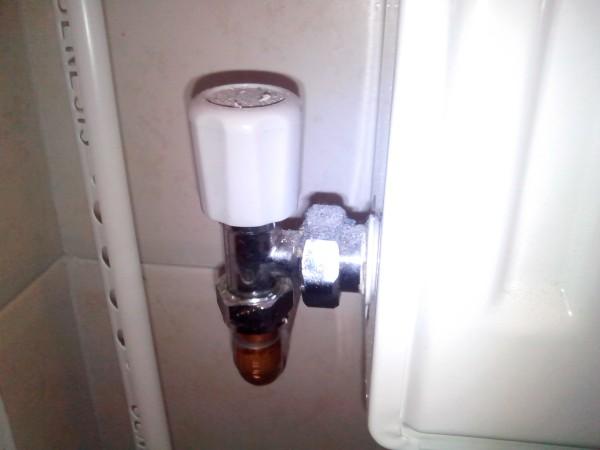Hi All,
Long time lurker first time poster.
I am renovating our bathroom and we have a small radiator on a tiled wall. I was hoping the tiles would pop off cleanly - they ain't.
Long story short, I am going to need to bond and skim this wall before tiling. The radiator needs to be off.
I don't know a great deal about heating systems/plumbing. I know it is possible to isolate, drain and remove the radiator. But, in the interim, will the heating to the rest of the property have to be off?
Also, is adding inhibitor when the radiator is put back on a simple procedure?
Ta
Long time lurker first time poster.
I am renovating our bathroom and we have a small radiator on a tiled wall. I was hoping the tiles would pop off cleanly - they ain't.
Long story short, I am going to need to bond and skim this wall before tiling. The radiator needs to be off.
I don't know a great deal about heating systems/plumbing. I know it is possible to isolate, drain and remove the radiator. But, in the interim, will the heating to the rest of the property have to be off?
Also, is adding inhibitor when the radiator is put back on a simple procedure?
Ta



